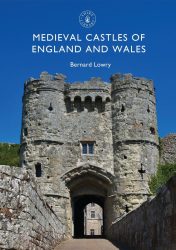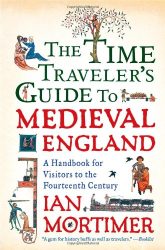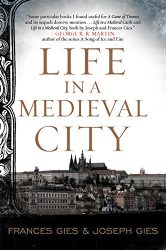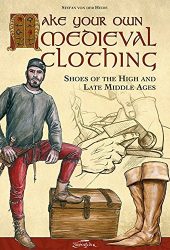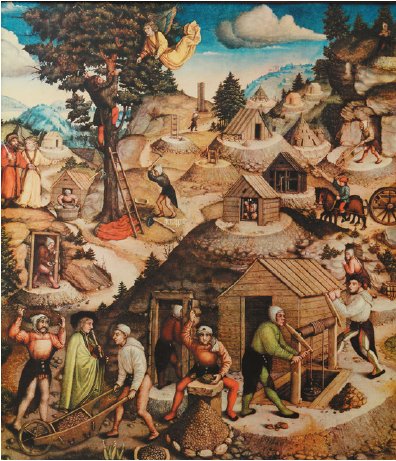
Medieval miners held very dangerous jobs in precarious environments mining lead, gold, and silver. Mining in the Middle Ages didn’t require a specific skill but a lot of endurance – which meant miners would spend days beneath the ground, always at risk of collapses, cave-ins, and deadly gasses.
A lot of miners were farmers, who worked the mines before the harvest. They usually did all the work related to the activity, from mining the ore to separating the valuable metals from the waste and smelting.
Most medieval miners worked in harsh and difficult conditions in mines that were often cramped, damp, and poorly ventilated – not to mention, exposed to dangerous fumes.
History of Miners and Mining
In prehistory, people have used materials they could find close to the Earth’s surface such as stone, ceramics, and metals. These were used to make tools and weapons. The oldest mine is in Eswantini (Swaziland), it’s about 43,000 years of and was used to mine hematite for red pigment ochre.
Flint was particularly popular in neolithic time. Flint mines have been found in chalk areas where there were shafts and galleries. For example, the Grimes Graves and Krzemionski mines date back to 4000-3000 BC. Other hard rocks that were mined or collected for making axes were the greenstone of the Langdale axe industry from the Enligh Lake District.
The Romans developed large scale mining methods, in particular bringing water to the minehead using aqueducts. These hydraulic mining methods weren’t restricted to the surface; they also allowed workers to follow the ore veins underground.
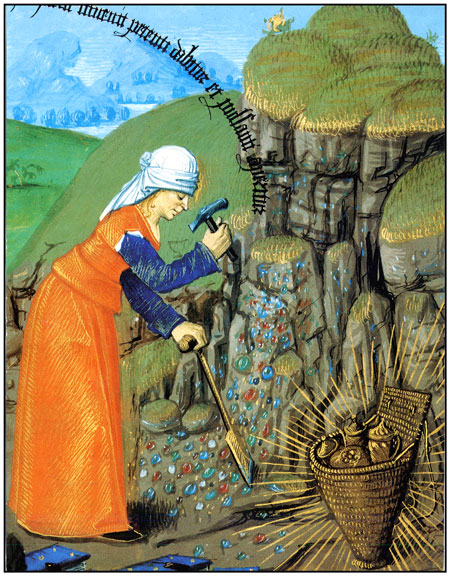
Medieval Mining Technology
In the early Middle Ages mining was mainly focused on the extraction of iron and copper, although other metals were also used for gilding and coinage. Initially, the majority of the metals were extracted from shallow depths using open-pit mining. During the first medieval centuries, the output of metal was in a steady decline. The methods used by early medieval miners were much less efficient than those invented by the Romans. Materials were also costly to transport.
Around the 14th century, there was an increased demand for iron (to be used in weapons, armour, stirrups, and horseshoes). Smelting sites were multiplied, starting from the reign of Emperor Otto in 960. New mines were discovered in today’s Germany, the Eastern Alps, Saxony, Bohemia, Tuscany, and Spain, among others. The main problem when facing an increased demand was the inefficient means for draining water our of shafts and tunnels in underground mining. Mines were frequently flooded, which limited the extraction of ore. There was also an issue with the separation of the metal-bearing minerals from the worthless materials.
Several investments were made to develop solutions to these problems. This included for example the innovations of waterwheels for powering draining engines, hammers, bellows, and advanced furnaces. These technical techniques were developed over time and coexisted with older ones for long periods of time. Following this metallurgical enterprise, during the 14th century, several alchemical innovations were found, which allows for the separation of precious metals from the baser ones.
Ores Mined by Medieval Miners
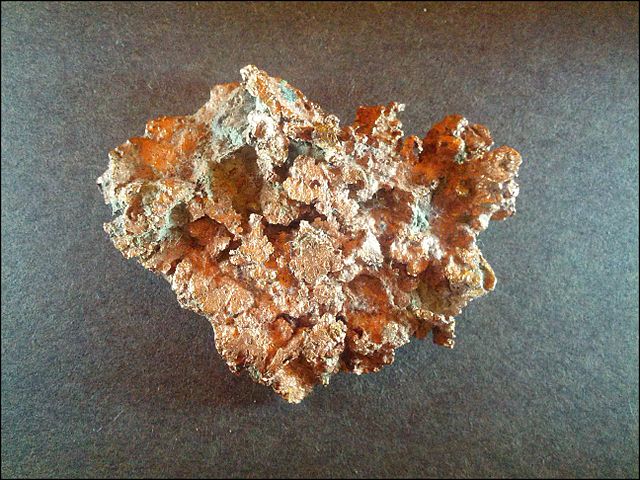
Copper
Copper is a soft, malleable, and ductile metal. It is one of the few metals that can occur in nature in a directly usable metallic form. The cultural role of copper has been important, particularly in currency.
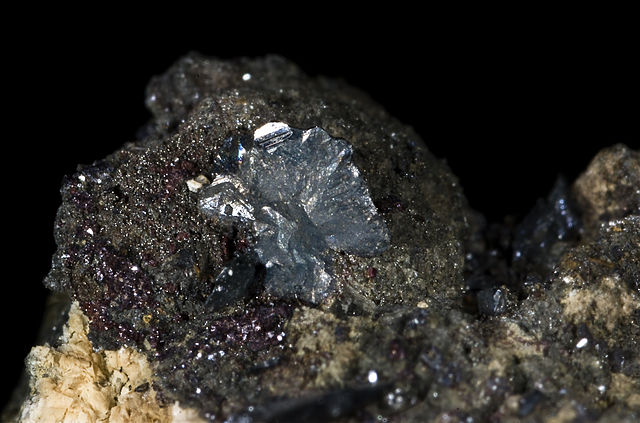
Silver
Silver is a soft, white, lustrous transition metal that can be found in the Earth’s crust in pure, free elemental form. Most silver is produced as a byproduct of copper, gold, lead, and zinc refining.
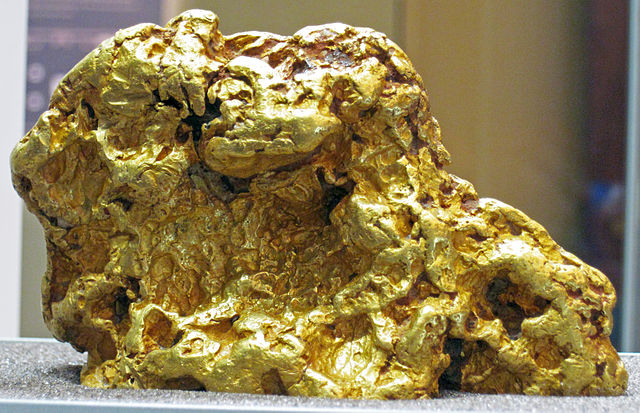
Gold
Gold is a dense, soft, malleable, and ductile metal. Gold often occurs in free elemental form, as nuggets or grains, in rocks, in veins, and in alluvial deposits. Gold has been used for coinage, jewellery, and other arts throughout history.
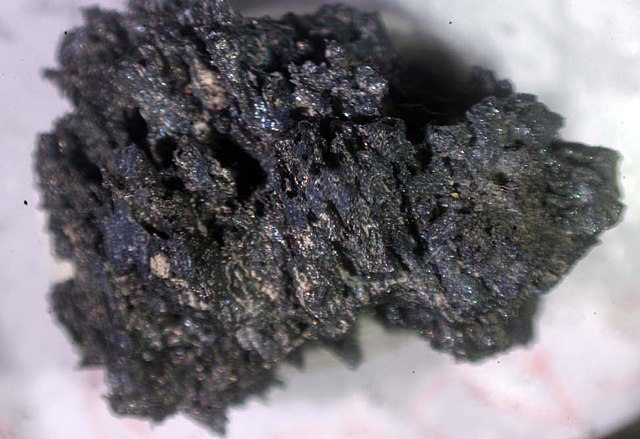
Iron
In its metallic state, iron is rare in the Earth’s crust, limited mainly to deposition by meteorites. Iron ores are among the most abundant in the Earth’s crust, but extracting usable metal from them requires kilns or furnaces capable of reaching 1,500 °C (2,730 °F) or higher.
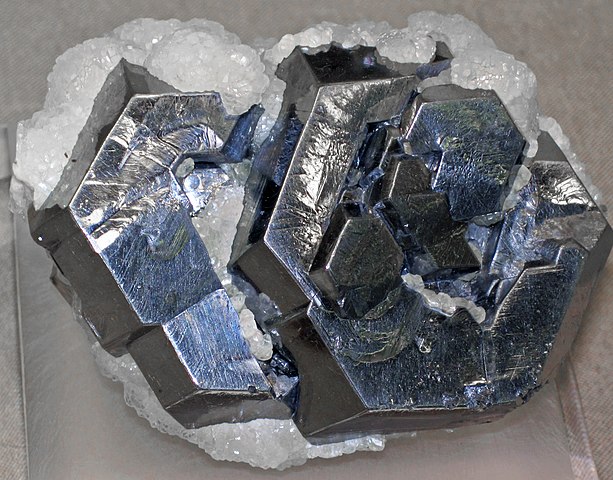
Lead
Lead is soft and malleable and has a relatively low melting point. Galena is a principal ore of lead that often bears silver. In Europe, lead production began to increase in the 11th and 12th centuries, when it was again used for roofing and piping.
The Life of a Medieval Miner
Metallurgists throughout medieval Europe were allowed to move between different regions. As mining became more of a specialized craft, miners moved in large groups forming settlements close to the mines. Regional authorities frequently welcomed such groups and claimed a part of the output in exchange for mills, forges, cottages, and pastures.
In the late Middle Ages, smelting sites became separated from ore smelting. Metallurgists then got organized in guilds, usually concentrating their workshops in town peripheries.
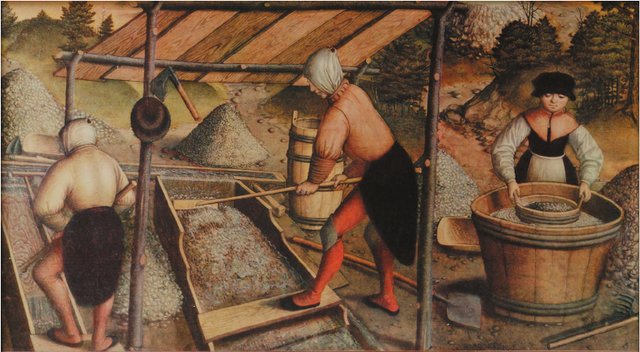
Books about Medieval Life
More Medieval Occupations

Medieval Minstrel
Medieval minstrels sang, played musical instruments, and told engaging stories. Here’s what life was like for a minstrel in the Middle Ages.
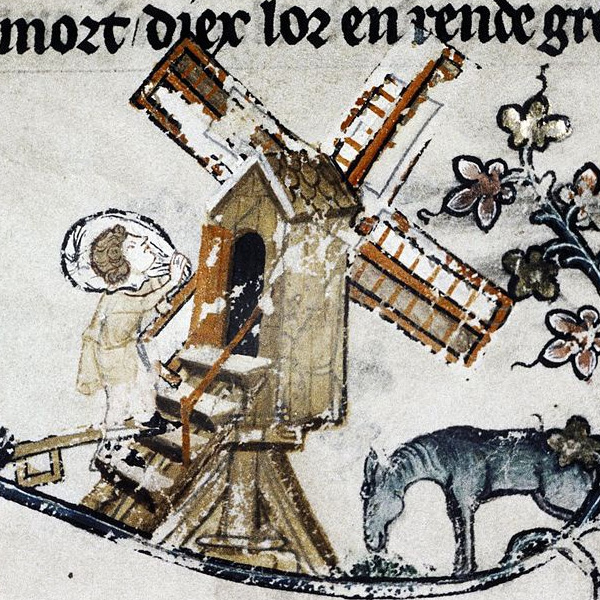
Medieval Miller
Millers were some of the most important tradesmen in the Middle Ages. Learn more about this medieval profession and how millers lived.
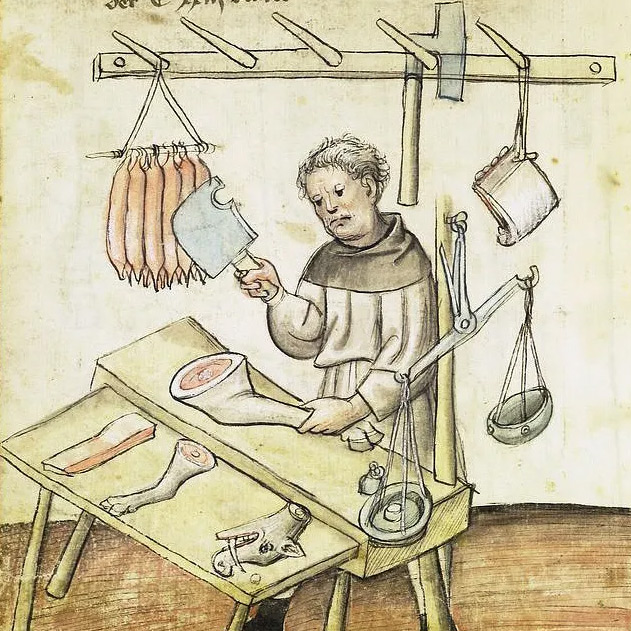
Medieval Butcher
Middle Ages butchers prepared meat, fish, and fowl for the people in a castle or a city. They sometimes had stalls in a marketplace.
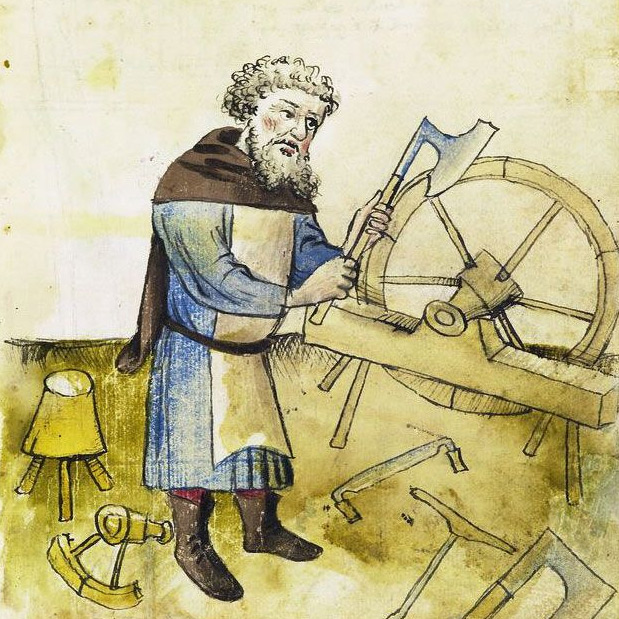
Medieval Wheelwright
Medieval candlemakers made candles from materials such as fat, tallow and beeswax.

Medieval Shoemaker
Medieval candlemakers made candles from materials such as fat, tallow and beeswax.
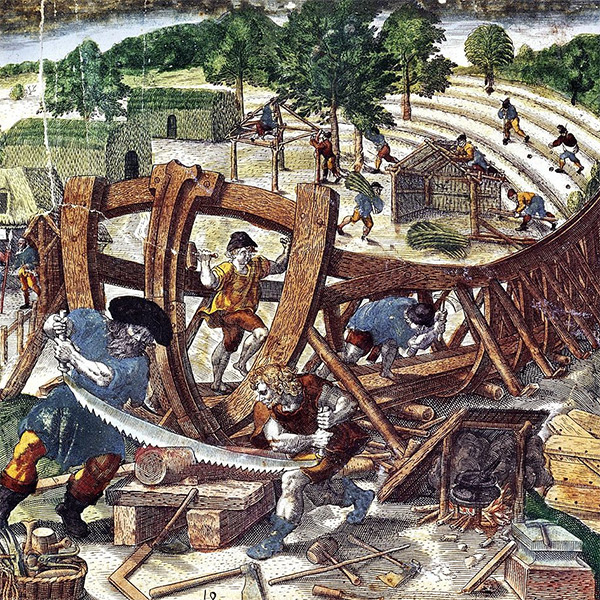
Medieval Shipwrights and Shipmaking
Being a sailor in the middle ages meant living a lonely and difficult life, as they would often set sail for months or even a year at a time.


